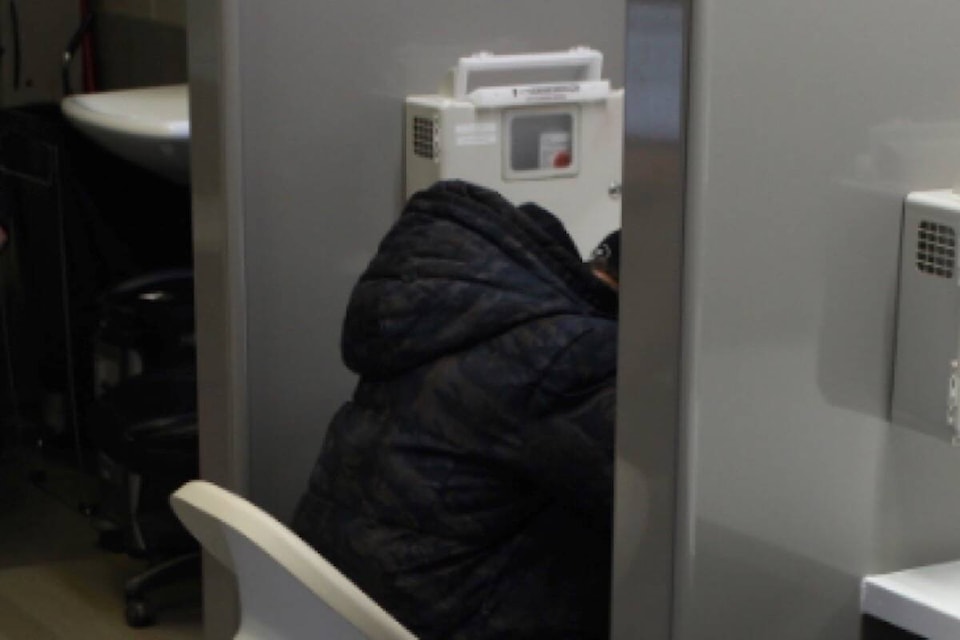Prince Harry, who has opened up about dabbling with drugs after his difficult childhood following Princess Diana’s death, could help pave the way for a better understanding of substance use.
In his new memoir “Spare,” the prince included details about his teenage drug use.
Stacey Carmichael, executive director with central Alberta’s harm reduction agency Turning Point, said that while she was not familiar with the extent of the prince’s drug use, there is a direct correlation between adverse childhood experiences and substance use disorder.
She said just as it has become more acceptable to discuss mental health, talking about drugs needs to be supported.
“Hopefully that level of understanding will come some day with champions like Prince Harry,” Carmichael said.
She said substance use disorder continues to be shrouded in stigma and shame despite being a diagnosable mental health illness just like anorexia, bipolar, schizophrenia and depression.
“How can we change the narrative? How can we talk about it from a public health perspective like we should instead of a criminal (perspective)? If we got to that place, things would change. These are preventable deaths.”
Related:
According to the Alberta Substance Use Surveillance System 67 people in Alberta Health Services Central Zone died from drug-related poisonings in the first eight months of 2022.
“Don’t let anyone fool you. Things are not okay out there.”
She said 60 per cent of those deaths occurred in private residences as opposed to out in public. Those who died at home may have been battling substance use disorder, or may have just been recreational users.
“I still believe the stigma that surrounds drug use is a big contributor to what’s happening with the death rates. People are afraid to go get the help they need, or talk about it, or tell people that they’re using because they’re ashamed.”
She said it’s common for some people to try and humiliate the homeless struggling with addiction, hurl abuse on social media, but their words may unknowingly hurt someone they love. The majority of Turning Point’s 2,500 clients are not homeless.
“We need to really stop and think about this hate we have for people who use drugs and how it’s impacting everybody who uses drugs.”
In November Turning Point’s overdose prevention site (OPS) had 250 unique clients who made 3,466 visits to the site where they can also connect to recovery-oriented services, receive immunizations, wound care, and other medical assistance.
“It’s amazing what the nurses at Turning Point do every day. It’s so much more than drug use. It’s compassion and care and connection.”
Staff also continue to regularly divert overdose calls from the hospital. In November, emergency medical services were called to the OPS five times, while OPS staff handled 152 adverse reactions that would have resulted in ambulances being called if they had happened elsewhere.
In December the OPS, located in an ATCO trailer, was closed during the cold snap for about 10 hours when the generator had to be replaced.
“That’s a problem we struggle with every winter. The OPS site is going to be five years old in October and it was never meant to be utilized at the capacity it’s been utilized at. It operates by a diesel-powered generator. There is no hard-wired electricity. There is no plumbing.”
Carmichael said expanding the OPS to become a supervised consumption site to offer more services would be helpful.
“It’s a busy site. People rely on that site.”
— with files from The Canadian Press
